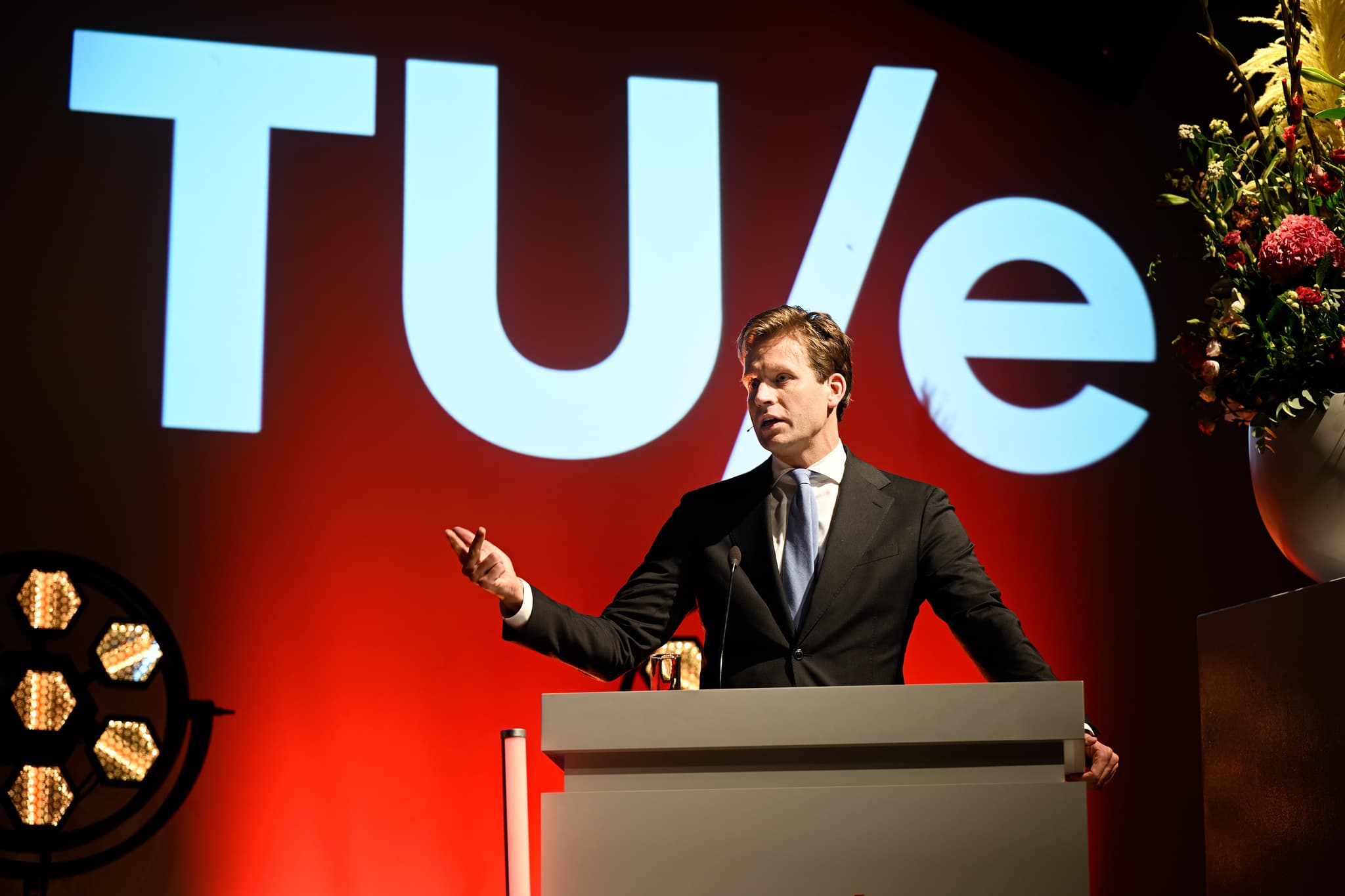New industrial policy focusing on six promising markets
Minister Karremans explains the choice for fewer focus areas: "Those who don't choose will lose."
Published on October 24, 2025

Team IO+ selects and features the most important news stories on innovation and technology, carefully curated by our editors.
The Netherlands is in danger of losing control of its economic future. “Talent and capital are leaving, innovations are lagging behind, and we are becoming too dependent on other countries,” said Minister Karremans (Economic Affairs). "Our old strategy of trying to do everything at once means we are not really winning anywhere. In a world where speed, scale, and focus determine who wins, choosing is the only solution to strengthen our jobs, prosperity, and independence." Last week, at the proposal of Minister Karremans (Economic Affairs), the Council of Ministers approved the new industrial policy, which focuses on the six most promising markets for the Netherlands.
The cabinet is thus making a clearer choice for the future of the Dutch economy. With this new approach, the current top sector policy (which applied to twice as many areas of focus) will be phased out as of January 1, 2026. The new industrial policy focuses on “markets in which we can win globally and for which we, as the Netherlands, have a strong starting position”: semiconductors, biotechnology, defense-related applications (such as 6G, radar, laser satellite communication, quantum), digital services (particularly AI), mechanical engineering, and innovative chemistry. "This means that we will create programs to strengthen these markets, as was previously done for the semiconductor industry with Project Beethoven. For the rest of the business community and the former top sectors, generic innovation schemes such as the WBSO, tax schemes, and other financing for sustainability, for example, will remain in place, but there will be no or fewer targeted programs. We will also continue to work on a solid foundation for entrepreneurship and growth for all companies that keep the Netherlands running, for all markets and sectors."
A committee led by Peter Wennink is currently working on the details of the six focus areas.
Minister Karremans: "Due to the major challenges we face, such as a tight labor market, a crowded power grid, and increasing geopolitical tensions, we cannot afford to sit still and not make choices. If we want to remain at the top in 2040, we must dare to make choices now. By investing in these six markets where we can really make a difference and really win, we are strengthening our security, economic growth, and future prosperity. Ultimately, it's very simple: those who don't choose will lose."
From everything at once to focus
Countries such as the United States and China are investing billions in technology and industry. They are attracting companies, knowledge, and talent, thereby building market power. The Netherlands does not want to be left behind. According to the minister, the old approach of spreading resources across many sectors and initiatives is not yielding enough results. In concrete terms, focus means building programs for the markets, with resources and actions such as:
- People and resources: programs per market, with extra capacity, knowledge, and coordination from the government. We are looking at how we can deploy resources in a targeted manner. That means concentrating resources where the greatest opportunities lie.
- Expanding markets: we are strengthening ecosystems for the selected markets and, where necessary and possible, we are stimulating demand, for example, through strategic procurement by the government and the EU, so that innovations have a better chance of breaking through.
- Financing and preconditions: better access to capital, fewer restrictive rules, and solutions for space, network congestion, infrastructure, and permits.
- International clout: The Netherlands is strengthening its market position by stimulating trade, attracting foreign companies and investments, and participating in European programs such as IPCEIs, Horizon Europe, and the Net Zero Industry Act.
- Talent and knowledge: Promoting the Netherlands as a magnet and training ground for digital and technical talent, while investing in fundamental and applied research that has a direct impact on businesses.
The six markets
The markets on which the Netherlands wants to focus have been selected based on their economic potential, strategic economic positioning, and their contribution to solving societal challenges.
- Semiconductors: growing at 8.7% per year and indispensable for AI, the energy transition, and digital security. Has many niches in which the Netherlands is or can become a leader, such as quantum and photonics.
- Biotechnology: has strong niches such as cell and gene therapy (15.4% growth per year) and alternative proteins (14.1% growth), and delivers new medicines, circular materials, and contributes to food security.
- Defense-related applications: in particular, 6G, radar, laser satellite communication, and quantum, and the contribution of these growth markets to solving societal challenges.
- Digital services (especially AI): growing at an average of 16.8% per year and strengthening our digital autonomy, with applications in healthcare, energy, and security.
- Machinery manufacturing: such as machines for the agri-food sector (17.1% growth per year), MedTech (5.2% growth per year), and chip machines, contributing to healthcare solutions, automation, and sustainability.
- Innovative chemistry: growing rapidly, such as biofuels (21.9% per year) and circular, biobased, and advanced materials (27% per year), contributing to sustainability and reducing fossil fuel dependence.
Stronger foundation for all businesses
In addition to these priorities, the outgoing cabinet says it is working on the preconditions that affect entrepreneurs: better access to financing, reduced regulatory pressure, addressing network congestion, sufficient space for businesses, and sufficient technical and digital talent.
The new industrial policy should ensure that industry represents at least 15% of GDP by 2030 and that joint R&D investments amount to at least 3% of GDP. The programs for each market will be further developed in the coming months. In doing so, the cabinet will also look at how additional resources can be freed up or redistributed.
